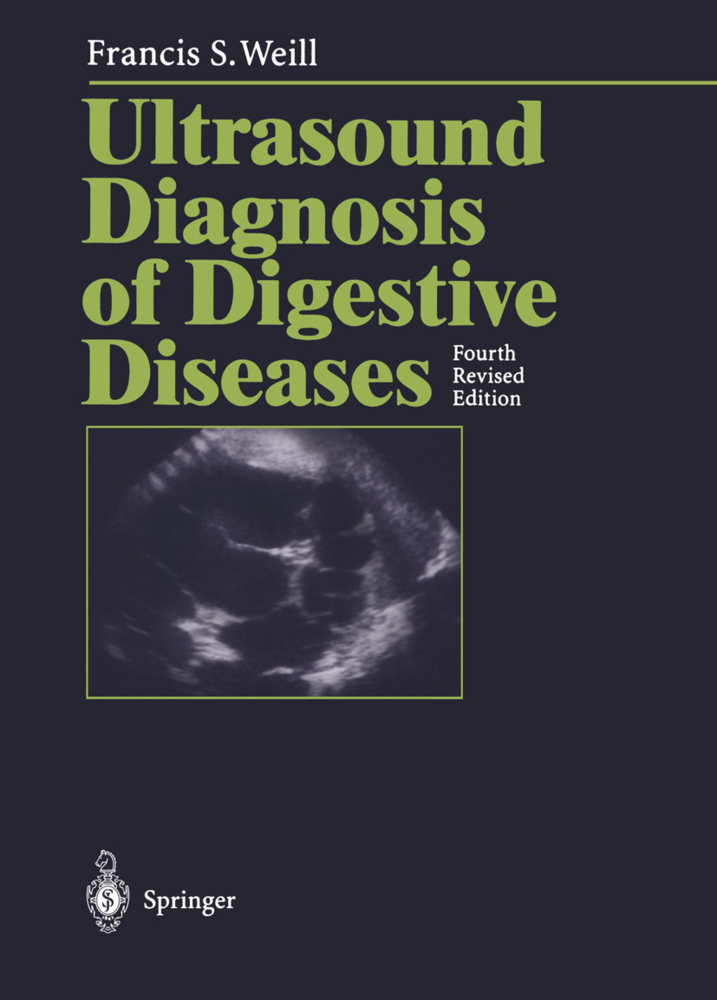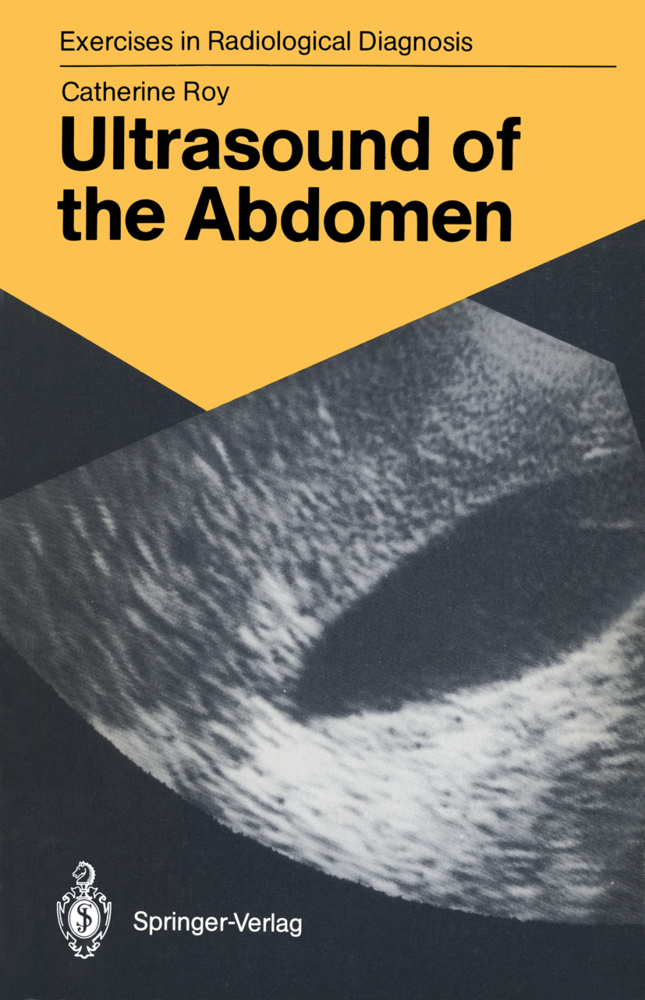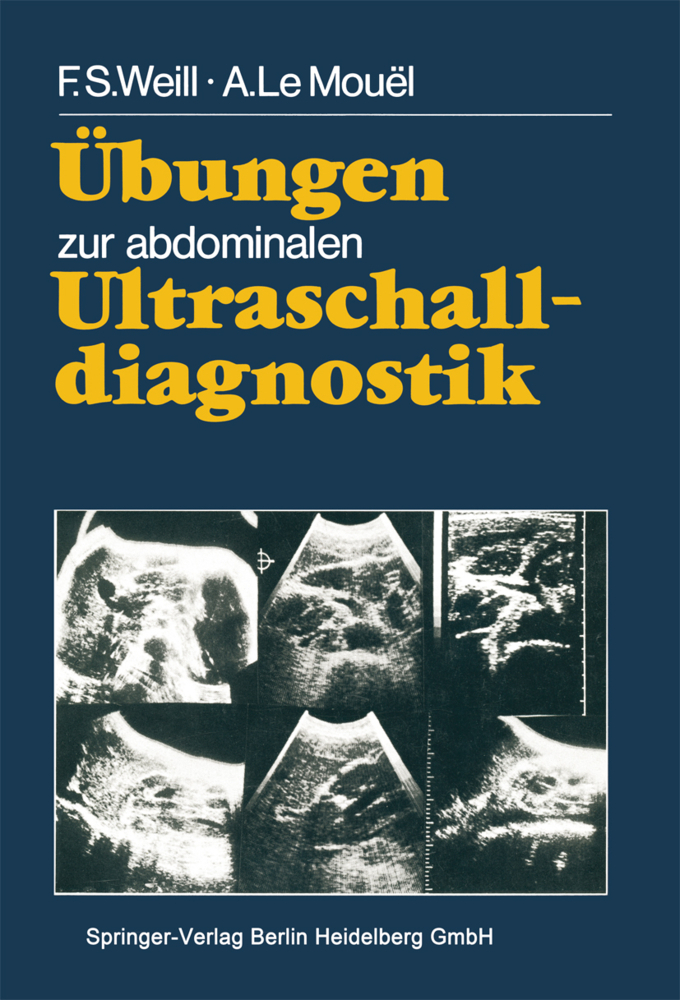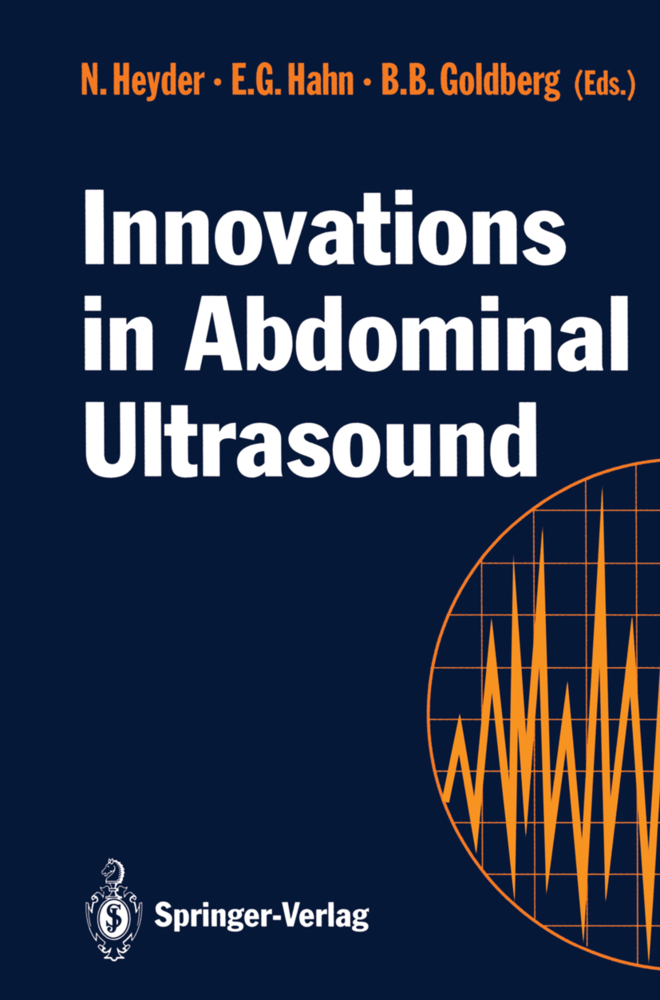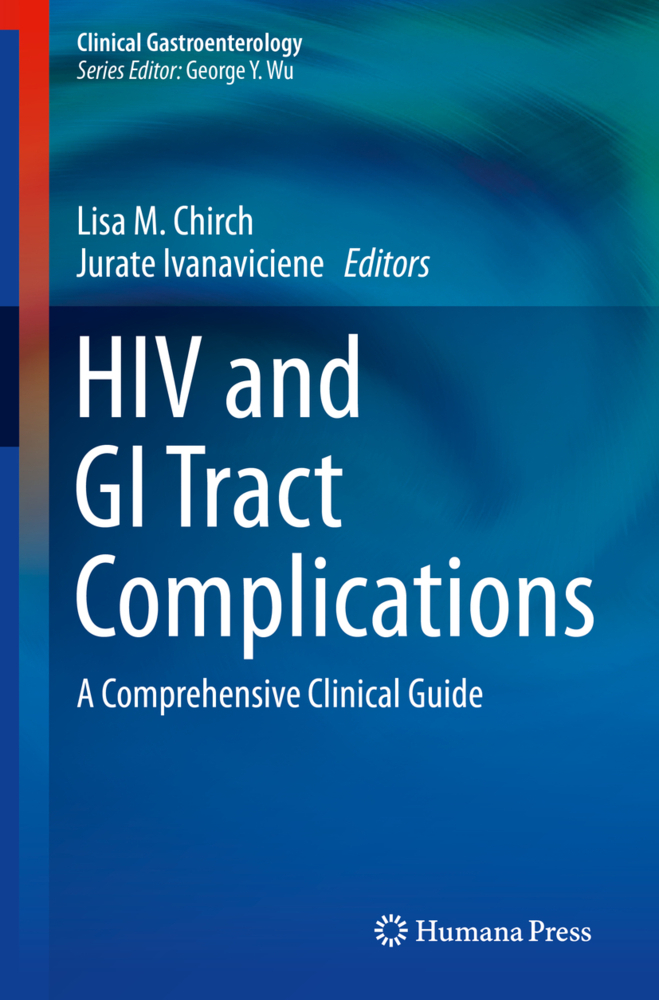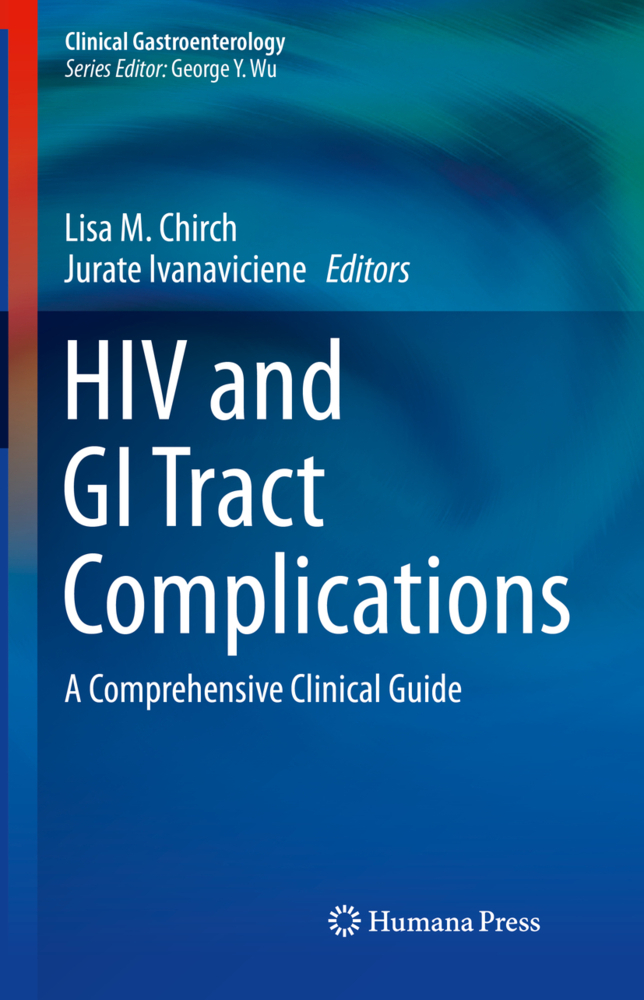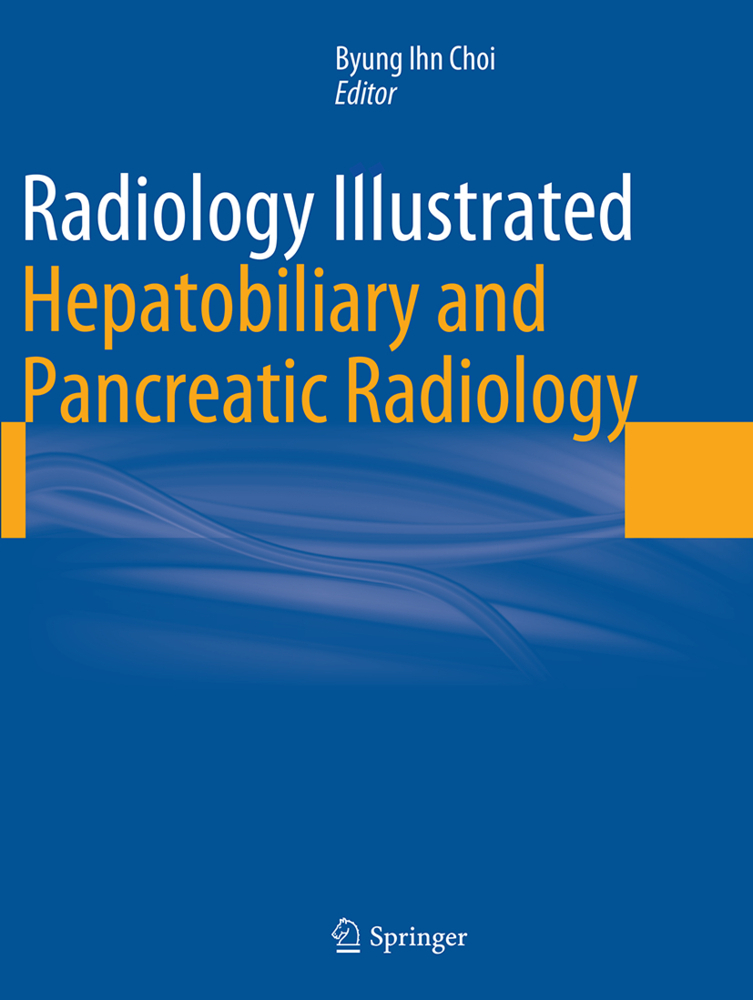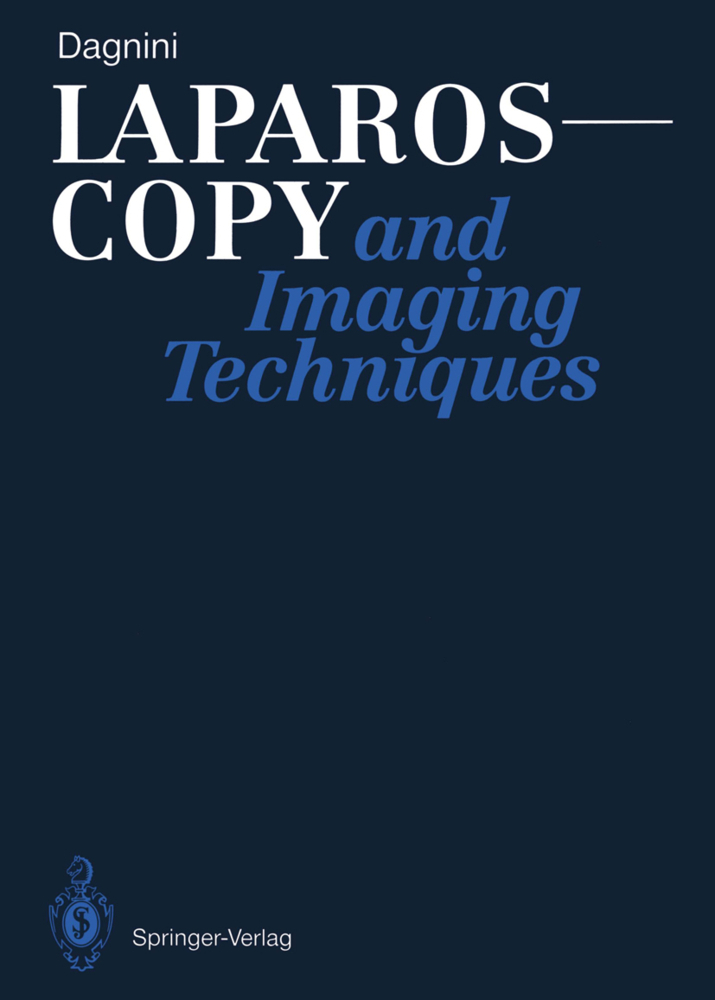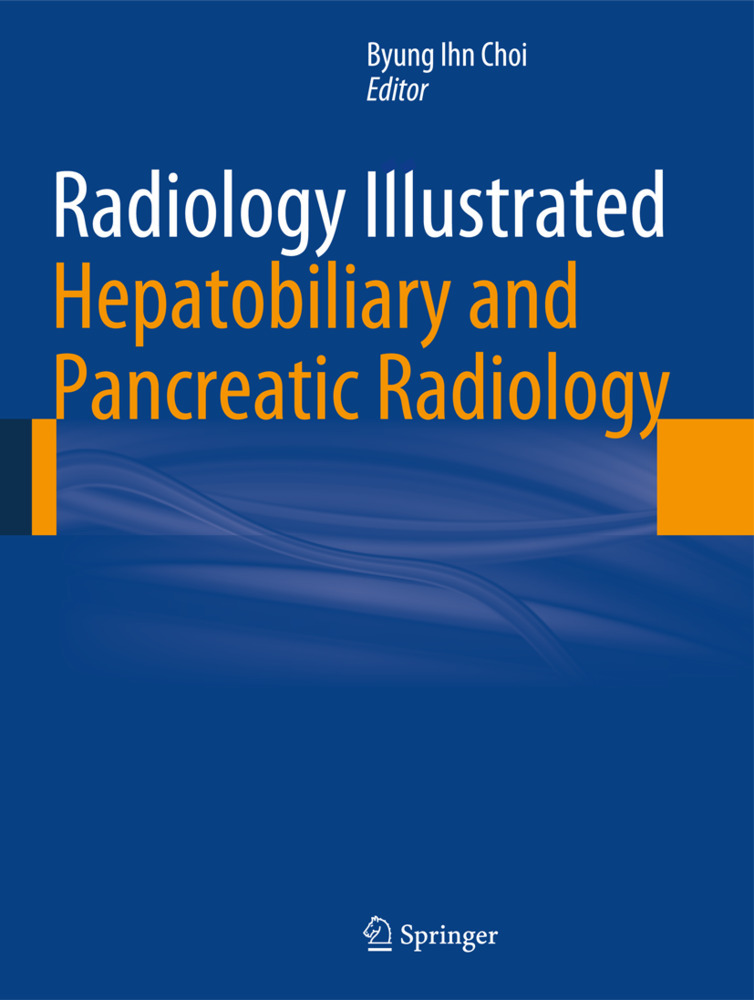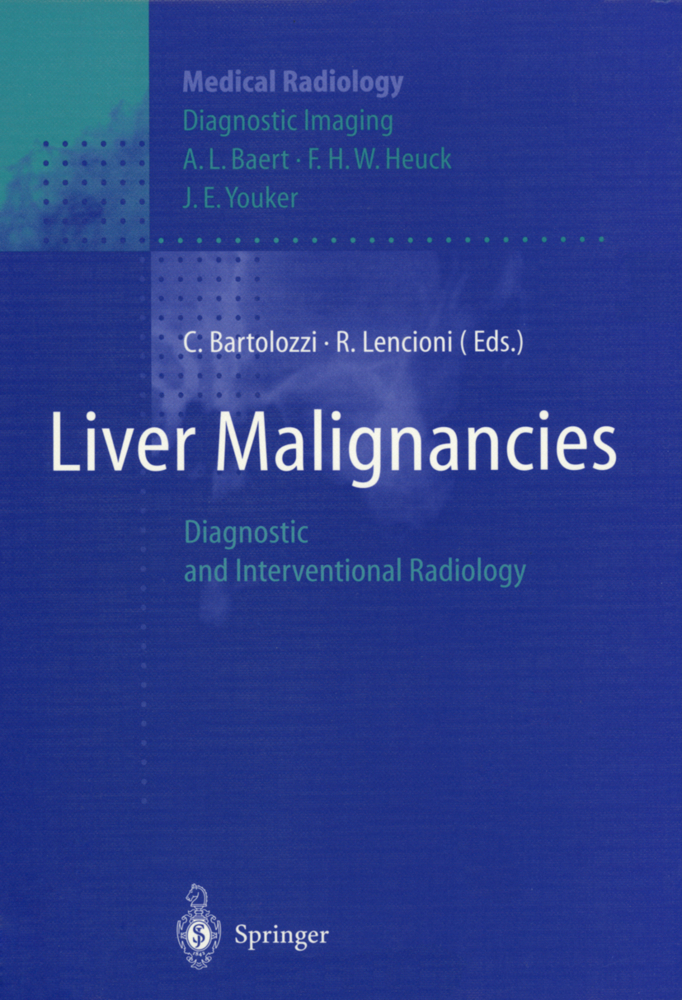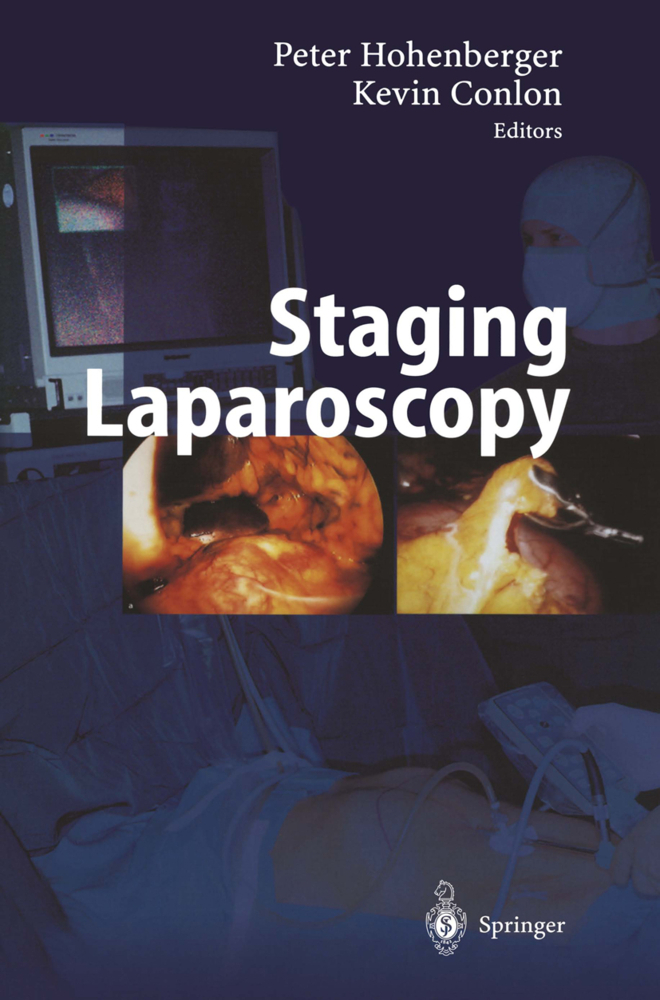Ultrasound Diagnosis of Digestive Diseases
Ultrasound Diagnosis of Digestive Diseases
For the fourth English edition, this highly popular book has been thoroughly revised and updated to include such new sections as endoscopic digestive US and abnormalities related to AIDS. It is the only work available covering the diagnostic US of the whole abdomen, and its superb treatment of elementary symptoms enables beginners to become familiar with more complicated features. After an extensive technical introduction, the book covers the sonoanatomy and ultrasonic symptomatology of the diseases of the digestive system and the abdominal vessels. Numerous tips on avoiding pitfalls, as well as indications for other procedures, and backed by some 1000 illustrations, this is well on its way to becoming a standard text for practitioners and clinicians in the field.
Principles of Ultrasound Laminagraphy
Static Scanning (Contact)
Dynamic Real-Time Imaging
Mechanical Scanners
Arrays (Linear, Curved, Phased)
Contact Scanning and Real-Time Scanning
Interventional Sonology
Spatial Resolution
Contrast Resolution
Three-Dimensional Imaging
Doppler Imaging (Pulsed Doppler, Duplex-Doppler)
Color Doppler Scanning
Color Coding Without Doppler
Expected Improvements in Doppler Imaging
References and Further Reading
2. Types of Tissue Echo Pattern and Artifacts
Contour Images
Tissue Images
Liquid and Solid Regions
Semisolid (or "Complex") Echotexture
Tissue Identification or Characterization with Contrast Agents
Tubular Images
Artifacts
Acoustic Shadowing
Other Artifacts
Artifacts in Doppler
References and Further Reading
3. Examination Methods and Positioning
Preparation of the Patient
Positions and Scanning Planes
Ultrasonically Guided Biopsy and Drainage
Choice of Ultrasound Equipment
Documentation
Who Should Conduct the Examination?
References and Further Reading
4. An Anatomic Guide in the Examination of the Upper Abdomen: Echoangiography
TheAorta
Branches of the Aorta
The Vena Cava
Branches of the Vena Cava
The Portal System
References and Further Reading
2 The Liver
5. Examination Techniques
Choice of Techniques
Failures
Views and Patient Positions
Preparation of the Patient
Doppler Examination
Perendoscopic and Laparoscopic Ultrasound
Ultrasonographically Guided Biopsy
References and Further Reading
6. Sonoanatomy of the Liver
General Shape and Contours
Contours
Size
Hepatic Parenchyma
Tubular Structures
Sectorial and Segmental Anatomy
Ultrasonographic Anatomic Relations
Conclusion
References and Further Reading
7. Hepatomegaly and Diffuse Liver Diseases
The Criteria for Hepatomegaly
Relations of the Liver to the Costal Margin; Angle and Tangent Signs
Nonspecific Hepatomegaly
Cardiac Liver
Hepatitis
Congenital Fibrosis
Other Nonspecific Hepatomegalies
Storage Diseases
References and Further Reading
8. Metastases
Technical Data
Elementary Signs
Contour Abnormalities
Changes in Echotexture
Nodules
Ductal Abnormalities
Discussion of the Elementary Signs
The Bump Sign
The Margin Sign
Hypoechoic Regions
Hyperechoic Regions
Global Ultrasound Features of Hepatic Metastases
Solitary Nodules
Multiple Nodules
Histologic Correlations
Lymphomas
Hepatic Signs
Associated Signs
Metastases and Chemotherapy
Interventional Sonology
Differential Diagnosis
Reliability of Ultrasound - Association with Other Procedures
References and Further Reading
9. Primary Tumors of the Liver and Ultrasonographic Follow-up of Liver Transplantation
Section 1. Primary Tumors of the Liver
Malignant Tumors
Hepatocellular Carcinomas and Fibrolamellar Hepatocarcinomas
Pathology
Diagnosis of Spead and Screening
Rare Malignant Tumors
Interventional Sonology and Radiology in Hepatocarcinoma
Benign Tumors
Adenoma
Focal Nodular Hyperplasia
Hamartomas
Cystadenomas
Lipomas and Angiomyolipomas
Vascular Tumors
Section 2. Ultrasonographic Follow-up of Transplanted Livers
Morphologic Evaluation
Parenchyma and Bile Ducts
Vessels
References and Further Reading
10. Cirrhosis and Portal Hypertension
Section 1. Morphologic Changes of Cirrhosis and Portal Hypertension
Morphologic Appearances of Cirrhosis
Hepatomegaly and the Bright Liver
Steatosis, Fibrosis, and Hepatic Retraction
Associated Abnormalities
Splenomegaly
Ascites
Jaundice
Hepatocarcinoma
Portal Hypertension
Etiologic Factors in Portal Thrombosis
Budd-Chiari-Syndrome and Veno-Occlusive Disease
Differential Diagnosis
Section 2. Doppler Ultrasound and the Portal Venous System (M.Lafortune)
Anatomy of the Portal Venous System
Physiology of the Portal Circulation
Portal Hypertension
Definition
Pathophysiology
Technique of Doppler Examination
Doppler Flow Volume Measurements
Normal Doppler Patterns
Doppler in Portal Hypertension
Prehepatic Portal Hypertension
Portal Hypertension of Hepatic Origin
Posthepatic Portal Hypertension
Surgical Portosystemic Shunts
Nonsurgical Portosystemic Shunts
References and Further Reading
11. Abscesses, Cysts, and Parasitoses
Abscesses
Bacterial Abscesses
Amebic Abscesses
Mycotic (Aspergillic) Abscesses
Tuberculous Abscesses
Congenital Cysts and Biliary Cysts
Parasitic Cysts
The Common Hydatid Cyst
Multilocular Echinococcosis
Other Parasitoses of the Liver
References and Further Reading
12. Differential Diagnosis
Confusing Juxtahepatic Images
Hypoechoic Images
Hyperechoic Images
Confusing Anatomic Intrahepatic Images
Hypoechoic Anatomic Images
Hyperechoic Anatomic Images
Contour Images
Diagnosis of Liver Diseases
Characterization of a Hepatic Mass (M.Lafortune)
Benign Lesions
Malignant Tumors
References and Further Reading
13. The Postoperative Liver
References and Further Reading
14. Juxtahepatic Liquid Collections and Ascites; Sonoanatomy of the Peritoneum
Juxtahepatic Collections
Subcapsular Collections
Subdiaphragmatic Collections
Supradiaphragmatic Collections
Peritoneal Effusions
Small Effusions and the Anatomy of the Ligaments and Peritoneal Recesses
Peritoneal Anatomy: Comparison of Ultrasound and Computed Tomography
Abundant Ascites
Rare (and Less Rare) Types of Ascites
Pneumoperitoneum
Other Autonomous Peritoneal Diseases
References and Further Reading
3 The Bile Ducts
15. The Bile Ducts: Examination Techniques and Sonoanatomy
Examination Techniques
Gallbladder
Main Bile Duct
Intrahepatic Bile Ducts
Interventional Sonology
Perendoscopic Ultrasonography (PERUS)
Sonoanatomy
Gallbladder
Main Bile Duct
Biliary Convergence and Intrahepatic Bile Ducts
References and Further Reading
16. Biliary Lithiasis and Cholecystitis
Gallstones
Direct Sign
Indirect Sign
Differential Diagnosis and Pitfalls
Specific Diseases of the Gallbladder
Lithiasis of the Common Bile Duct
Intrahepatic Calculi
Cholecystitis
Acute Cholecystitis
Diagnosis of Acute Cholecystitis
Chronic Cholecystitis
General Reliability of Biliary Ultrasonography
Interventional Sonology
References and Further Reading
17. Rare Abnormalities of the Bile Ducts, Congenital Anomalies, and Tumors
Cysts of the Bile Ducts
Caroli's Syndrome (Ectasia of the Intrahepatic Bile Ducts)
Aerobilia
Primary Sclerosing Cholangitis, Secondary (Pyogenic) Sclerosing Cholangitis
Tumors of the Gallbladder
Benign Tumors
Malignant Tumors
Metastases
Differential Diagnosis
Tumors of the Bile Ducts
Extrahepatic
Intrahepatic
Clonorchiasis
Trauma of the Gallbladder
The Shell Sign
References and Further Reading
4 The Pancreas and Retroperitoneal Space
18. Examination of the Pancreas: Techniques
Review of Anatomy
Views and Sectional Planes
Endoscopic, Endoluminal, and Intraoperative Ultrasonography
References and Further Reading
19. Sonoanatomy of the Pancreas
Position
Anatomic Landmarks
Superior Mesenteric Vessels
Splenic Vein
Left Renal Vessels
Topography
Shape
Size
Echotexture of the Normal Pancreas
Status of Adjacent Vessels
Pitfalls
Variations and Congenital Anomalies
References and Further Reading
20. Acute Pancreatitis
Special Examination Techniques
Pancreatic Swelling
Contours
Echotexture
Liquid Collections
Evolution
Abscesses
Postoperative Complications
The Transplanted Pancreas
Diagnostic Strategy
References and Further Reading
21. Fluid Collections of Pancreatic Origin and Pseudocysts
Definition
Collections in Situ
Spontaneous Evolution of Pseudocysts
Migrating Collections
Pancreatic Trauma
Diagnostic Strategy and Other Diagnostic Methods
References and Further Reading
22. Chronic Pancreatitis
Echotexture
Contours
Size
Acute and Subacute Pancreatitis Developing on Chronic Pancreatitis
Tubular Structures
Associated Signs
Conclusions
Reliability of Ultrasonography and Relations to Other Diagnostic Methods
References and Further Reading
23. Pancreatic Tumors and Overview of Pancreatic Disease
Section 1. Pancreatic Tumors
General Ultrasonographic Signs
Tumefaction
Contours
Echotexture
Associated Signs and Spread
Endocrine Tumors - Nesidioblastomas and Apudomas (Insulinomas, Gastrinomas)
Cystic Tumors - Cystadenomas and Cystadenocarcinomas
Rare Tumors
Pancreatic Metastases and Lymphomas
Relation of Ultrasonography to Other Diagnostic Methods
Reliability
Strategy
Guided Therapeutic Puncture
Section 2. Pancreatic Disease: Overview, Differential Diagnosis, and Diagnostic Strategy
References and Further Reading
5 Humps, Lumps, and Sumps: Digestive Tract, Retroperitoneal Masses, Jaundice, and Perendoscopic Ultrasound
24. The Digestive Tract
Section 1. The Stomach and Duodenum
Normal Duodenum and Stomach
Duodenum
Stomach
Esophagogastric Junction
Confusing Images
Arising from the Normal Colon
Fecalomas
Gastric and Duodenal Tumors
Pancreatic Differential Diagnosis: Pitfalls Other than Tumors
Liquid Images
Small Bowel
Section 2. Sonography of Small Bowel, Appendix, and Colon (G. R. Schmutz, A. Benko, and F. Chapuis)
Sonographic Technique and Normal Small Bowel
Bowel Neoplasms
Adenocarcinoma
Lymphoma
Metastatic Bowel Tumors
Rare Bowel Neoplasms
Inflammatory and Infectious Bowel Diseases
Crohn's Disease
Ulcerative Colitis
Pseudomembranous Colitis
Neutropenic Colitis (Typhlitis)
Infectious Enteritis
Infectious Colitis
Acute Bowel Disease
Acute Appendicitis
Acute Diverticulitis
Bowel Obstruction
Intussusception
Ischemic Bowel Disease
Bowel Wall Hematomas
Miscellaneous Bowel Abnormalities
Diffuse Diseases of the Small Bowel
Pneumatosis Intestinalis
Bezoars and Intraluminal Foreign Bodies
Appendiceal Mucocele
Meckel's Diverticulum
Duplication Cysts
Conclusion
References and Further Reading
25. Other Nonpancreatic Masses, Mainly Retroperitoneal
Aneurysms of the Aorta
Mesenteric Cysts and Varices
Nonpancreatic Retroperitoneal Tumors
Adenopathy
The Inframediastinal Compartment
Other Retroperitoneal Tumors
Summary.
References and Further Reading
26. Jaundice
Examination Technique
Diagnosis of Dilatation of the Biliary Tree
Gallbladder
Intra- and Extrahepatic Bile Ducts - The Shotgun Sign
Intrahepatic Bile Ducts
Diagnosis of the Level of Obstruction
Etiologic Diagnosis
Lithiases
Pancreatic and Ampullary Obstructions - Infiltration of the Distal Common Bile Duct
Suprapancreatic Obstruction
Hilar and Intrahepatic Obstructions
Congenital Anomalies
Postoperative Jaundice
Hepatitis-Induced Intrahepatic Cholestasis
Reliability and Radiologic Strategy
References and Further Reading
27. Perendoscopic Ultrasound (PERUS)
Technique
Examination Technique
Endosonographic Anatomy
Digestive Wall
Lymph Nodes
Mediastinum
Pancreas and Biliary Tract
Pelvis
Digestive Pathology
Digestive Carcinomas
Wall Infiltration
Lymph Node Involvement
Submucosal Tumors
Esophagus
Carcinoma
Esophageal Submucosal Tumors
Gastric Lesions
Carcinoma of the Stomach and Esophagogastric Junction
Gastropathies with Large Rugae Pattern
Submucosal Gastric Tumors
Other Gastric Lesions
Rectum and Anal Lesions
Rectal Carcinoma
Villous Tumors
Submucosal Tumors
Inflammatory Processes
Anal Incontinence
Biliopancreatic Pathology
The Biliary Tract
Choledochal Lithiasis
Biliary Tumors
Cholangitis
Pancreatic Lesions
Pancreatic Carcinoma
Endocrine Tumors
Cystic Tumors
Ampullar Lesions
Ampullar Tumors
Nontumoral Ampullar Pathology
Diagnosis of Inconclusive Obstructive Jaundice
References and Further Reading
6 Spleen, Acute Abdomen, and AIDS
28. The Spleen
Section 1. Examination Techniques and Sonoanatomy
Examination Techniques
Without Splenomegaly
Splenomegaly
Sonoanatomy
General Shape and Contours
Echotexture
Accessory Spleen, Wandering Spleen, and Polysplenia
Anatomic Relations
Specific Appearances
Size Criteria
Section 2. The Pathologic Spleen
Nonspecific Splenomegaly
Splenic Lesions of Lymphomas and Other Tumors
Lymphomas
Other Tumors
Cysts
Infarcts, Spontaneous Hematomas, and Abscesses
Infarcts and Hematomas
Abscesses
Spontaneous Ruptures and Traumatic Lesions
Calcifications
Aneurysms
Differential Diagnosis
Reliability and Diagnostic Strategy
References and Further Reading
29. The Acute Abdomen - Abscesses, Hematomas, and Postoperative Collections
Special Techniques
Abscesses
General Characteristics
Topography
Postoperative Collections
Abscesses
Other Collections
Foreign Bodies
Evolution
Hematomas
General Characteristics
Topography
Evolution
The Acute Abdomen Proper
Acute Painful Right Upper Quadrant
Acute Painful Left Upper Quadrant
Painful Syndromes with Shock
Acute Appendicitis
Syndromes of Intestinal Obstruction
Intussusception
Biliary Perforation and Septic Processes
Hernias
Abdominal Trauma
Traumatic Lesions of the Liver
Traumatic Lesions of the Spleen
Pancreatic Trauma
Intestinal Contusion and Perforation
Other Lesions
Interventional Sonology
Reliability of Ultrasonography - Comparison with Other Procedures
Conclusion
References and Further Reading
30. Abdominal Ultrasound in AIDS Patients
Clinical and Epidemiologic Data
Hepatic Lesions
Kaposi's Sarcoma
Lymphoma
Infection
Other Hepatic Lesions
Biliary Lesions
Other Abnormalities
Conclusion
References and Further Reading
31. Some Practical Advice, or, Howto Do Better than We Did
Choice of Ultrasonographic Apparatus
Sophisticated, Specialized, Automated, and Basic Apparatus
Practical Training.
1 General Principles
1. Principles of Ultrasonography and Types of Ultrasound ImagingPrinciples of Ultrasound Laminagraphy
Static Scanning (Contact)
Dynamic Real-Time Imaging
Mechanical Scanners
Arrays (Linear, Curved, Phased)
Contact Scanning and Real-Time Scanning
Interventional Sonology
Spatial Resolution
Contrast Resolution
Three-Dimensional Imaging
Doppler Imaging (Pulsed Doppler, Duplex-Doppler)
Color Doppler Scanning
Color Coding Without Doppler
Expected Improvements in Doppler Imaging
References and Further Reading
2. Types of Tissue Echo Pattern and Artifacts
Contour Images
Tissue Images
Liquid and Solid Regions
Semisolid (or "Complex") Echotexture
Tissue Identification or Characterization with Contrast Agents
Tubular Images
Artifacts
Acoustic Shadowing
Other Artifacts
Artifacts in Doppler
References and Further Reading
3. Examination Methods and Positioning
Preparation of the Patient
Positions and Scanning Planes
Ultrasonically Guided Biopsy and Drainage
Choice of Ultrasound Equipment
Documentation
Who Should Conduct the Examination?
References and Further Reading
4. An Anatomic Guide in the Examination of the Upper Abdomen: Echoangiography
TheAorta
Branches of the Aorta
The Vena Cava
Branches of the Vena Cava
The Portal System
References and Further Reading
2 The Liver
5. Examination Techniques
Choice of Techniques
Failures
Views and Patient Positions
Preparation of the Patient
Doppler Examination
Perendoscopic and Laparoscopic Ultrasound
Ultrasonographically Guided Biopsy
References and Further Reading
6. Sonoanatomy of the Liver
General Shape and Contours
Contours
Size
Hepatic Parenchyma
Tubular Structures
Sectorial and Segmental Anatomy
Ultrasonographic Anatomic Relations
Conclusion
References and Further Reading
7. Hepatomegaly and Diffuse Liver Diseases
The Criteria for Hepatomegaly
Relations of the Liver to the Costal Margin; Angle and Tangent Signs
Nonspecific Hepatomegaly
Cardiac Liver
Hepatitis
Congenital Fibrosis
Other Nonspecific Hepatomegalies
Storage Diseases
References and Further Reading
8. Metastases
Technical Data
Elementary Signs
Contour Abnormalities
Changes in Echotexture
Nodules
Ductal Abnormalities
Discussion of the Elementary Signs
The Bump Sign
The Margin Sign
Hypoechoic Regions
Hyperechoic Regions
Global Ultrasound Features of Hepatic Metastases
Solitary Nodules
Multiple Nodules
Histologic Correlations
Lymphomas
Hepatic Signs
Associated Signs
Metastases and Chemotherapy
Interventional Sonology
Differential Diagnosis
Reliability of Ultrasound - Association with Other Procedures
References and Further Reading
9. Primary Tumors of the Liver and Ultrasonographic Follow-up of Liver Transplantation
Section 1. Primary Tumors of the Liver
Malignant Tumors
Hepatocellular Carcinomas and Fibrolamellar Hepatocarcinomas
Pathology
Diagnosis of Spead and Screening
Rare Malignant Tumors
Interventional Sonology and Radiology in Hepatocarcinoma
Benign Tumors
Adenoma
Focal Nodular Hyperplasia
Hamartomas
Cystadenomas
Lipomas and Angiomyolipomas
Vascular Tumors
Section 2. Ultrasonographic Follow-up of Transplanted Livers
Morphologic Evaluation
Parenchyma and Bile Ducts
Vessels
References and Further Reading
10. Cirrhosis and Portal Hypertension
Section 1. Morphologic Changes of Cirrhosis and Portal Hypertension
Morphologic Appearances of Cirrhosis
Hepatomegaly and the Bright Liver
Steatosis, Fibrosis, and Hepatic Retraction
Associated Abnormalities
Splenomegaly
Ascites
Jaundice
Hepatocarcinoma
Portal Hypertension
Etiologic Factors in Portal Thrombosis
Budd-Chiari-Syndrome and Veno-Occlusive Disease
Differential Diagnosis
Section 2. Doppler Ultrasound and the Portal Venous System (M.Lafortune)
Anatomy of the Portal Venous System
Physiology of the Portal Circulation
Portal Hypertension
Definition
Pathophysiology
Technique of Doppler Examination
Doppler Flow Volume Measurements
Normal Doppler Patterns
Doppler in Portal Hypertension
Prehepatic Portal Hypertension
Portal Hypertension of Hepatic Origin
Posthepatic Portal Hypertension
Surgical Portosystemic Shunts
Nonsurgical Portosystemic Shunts
References and Further Reading
11. Abscesses, Cysts, and Parasitoses
Abscesses
Bacterial Abscesses
Amebic Abscesses
Mycotic (Aspergillic) Abscesses
Tuberculous Abscesses
Congenital Cysts and Biliary Cysts
Parasitic Cysts
The Common Hydatid Cyst
Multilocular Echinococcosis
Other Parasitoses of the Liver
References and Further Reading
12. Differential Diagnosis
Confusing Juxtahepatic Images
Hypoechoic Images
Hyperechoic Images
Confusing Anatomic Intrahepatic Images
Hypoechoic Anatomic Images
Hyperechoic Anatomic Images
Contour Images
Diagnosis of Liver Diseases
Characterization of a Hepatic Mass (M.Lafortune)
Benign Lesions
Malignant Tumors
References and Further Reading
13. The Postoperative Liver
References and Further Reading
14. Juxtahepatic Liquid Collections and Ascites; Sonoanatomy of the Peritoneum
Juxtahepatic Collections
Subcapsular Collections
Subdiaphragmatic Collections
Supradiaphragmatic Collections
Peritoneal Effusions
Small Effusions and the Anatomy of the Ligaments and Peritoneal Recesses
Peritoneal Anatomy: Comparison of Ultrasound and Computed Tomography
Abundant Ascites
Rare (and Less Rare) Types of Ascites
Pneumoperitoneum
Other Autonomous Peritoneal Diseases
References and Further Reading
3 The Bile Ducts
15. The Bile Ducts: Examination Techniques and Sonoanatomy
Examination Techniques
Gallbladder
Main Bile Duct
Intrahepatic Bile Ducts
Interventional Sonology
Perendoscopic Ultrasonography (PERUS)
Sonoanatomy
Gallbladder
Main Bile Duct
Biliary Convergence and Intrahepatic Bile Ducts
References and Further Reading
16. Biliary Lithiasis and Cholecystitis
Gallstones
Direct Sign
Indirect Sign
Differential Diagnosis and Pitfalls
Specific Diseases of the Gallbladder
Lithiasis of the Common Bile Duct
Intrahepatic Calculi
Cholecystitis
Acute Cholecystitis
Diagnosis of Acute Cholecystitis
Chronic Cholecystitis
General Reliability of Biliary Ultrasonography
Interventional Sonology
References and Further Reading
17. Rare Abnormalities of the Bile Ducts, Congenital Anomalies, and Tumors
Cysts of the Bile Ducts
Caroli's Syndrome (Ectasia of the Intrahepatic Bile Ducts)
Aerobilia
Primary Sclerosing Cholangitis, Secondary (Pyogenic) Sclerosing Cholangitis
Tumors of the Gallbladder
Benign Tumors
Malignant Tumors
Metastases
Differential Diagnosis
Tumors of the Bile Ducts
Extrahepatic
Intrahepatic
Clonorchiasis
Trauma of the Gallbladder
The Shell Sign
References and Further Reading
4 The Pancreas and Retroperitoneal Space
18. Examination of the Pancreas: Techniques
Review of Anatomy
Views and Sectional Planes
Endoscopic, Endoluminal, and Intraoperative Ultrasonography
References and Further Reading
19. Sonoanatomy of the Pancreas
Position
Anatomic Landmarks
Superior Mesenteric Vessels
Splenic Vein
Left Renal Vessels
Topography
Shape
Size
Echotexture of the Normal Pancreas
Status of Adjacent Vessels
Pitfalls
Variations and Congenital Anomalies
References and Further Reading
20. Acute Pancreatitis
Special Examination Techniques
Pancreatic Swelling
Contours
Echotexture
Liquid Collections
Evolution
Abscesses
Postoperative Complications
The Transplanted Pancreas
Diagnostic Strategy
References and Further Reading
21. Fluid Collections of Pancreatic Origin and Pseudocysts
Definition
Collections in Situ
Spontaneous Evolution of Pseudocysts
Migrating Collections
Pancreatic Trauma
Diagnostic Strategy and Other Diagnostic Methods
References and Further Reading
22. Chronic Pancreatitis
Echotexture
Contours
Size
Acute and Subacute Pancreatitis Developing on Chronic Pancreatitis
Tubular Structures
Associated Signs
Conclusions
Reliability of Ultrasonography and Relations to Other Diagnostic Methods
References and Further Reading
23. Pancreatic Tumors and Overview of Pancreatic Disease
Section 1. Pancreatic Tumors
General Ultrasonographic Signs
Tumefaction
Contours
Echotexture
Associated Signs and Spread
Endocrine Tumors - Nesidioblastomas and Apudomas (Insulinomas, Gastrinomas)
Cystic Tumors - Cystadenomas and Cystadenocarcinomas
Rare Tumors
Pancreatic Metastases and Lymphomas
Relation of Ultrasonography to Other Diagnostic Methods
Reliability
Strategy
Guided Therapeutic Puncture
Section 2. Pancreatic Disease: Overview, Differential Diagnosis, and Diagnostic Strategy
References and Further Reading
5 Humps, Lumps, and Sumps: Digestive Tract, Retroperitoneal Masses, Jaundice, and Perendoscopic Ultrasound
24. The Digestive Tract
Section 1. The Stomach and Duodenum
Normal Duodenum and Stomach
Duodenum
Stomach
Esophagogastric Junction
Confusing Images
Arising from the Normal Colon
Fecalomas
Gastric and Duodenal Tumors
Pancreatic Differential Diagnosis: Pitfalls Other than Tumors
Liquid Images
Small Bowel
Section 2. Sonography of Small Bowel, Appendix, and Colon (G. R. Schmutz, A. Benko, and F. Chapuis)
Sonographic Technique and Normal Small Bowel
Bowel Neoplasms
Adenocarcinoma
Lymphoma
Metastatic Bowel Tumors
Rare Bowel Neoplasms
Inflammatory and Infectious Bowel Diseases
Crohn's Disease
Ulcerative Colitis
Pseudomembranous Colitis
Neutropenic Colitis (Typhlitis)
Infectious Enteritis
Infectious Colitis
Acute Bowel Disease
Acute Appendicitis
Acute Diverticulitis
Bowel Obstruction
Intussusception
Ischemic Bowel Disease
Bowel Wall Hematomas
Miscellaneous Bowel Abnormalities
Diffuse Diseases of the Small Bowel
Pneumatosis Intestinalis
Bezoars and Intraluminal Foreign Bodies
Appendiceal Mucocele
Meckel's Diverticulum
Duplication Cysts
Conclusion
References and Further Reading
25. Other Nonpancreatic Masses, Mainly Retroperitoneal
Aneurysms of the Aorta
Mesenteric Cysts and Varices
Nonpancreatic Retroperitoneal Tumors
Adenopathy
The Inframediastinal Compartment
Other Retroperitoneal Tumors
Summary.
References and Further Reading
26. Jaundice
Examination Technique
Diagnosis of Dilatation of the Biliary Tree
Gallbladder
Intra- and Extrahepatic Bile Ducts - The Shotgun Sign
Intrahepatic Bile Ducts
Diagnosis of the Level of Obstruction
Etiologic Diagnosis
Lithiases
Pancreatic and Ampullary Obstructions - Infiltration of the Distal Common Bile Duct
Suprapancreatic Obstruction
Hilar and Intrahepatic Obstructions
Congenital Anomalies
Postoperative Jaundice
Hepatitis-Induced Intrahepatic Cholestasis
Reliability and Radiologic Strategy
References and Further Reading
27. Perendoscopic Ultrasound (PERUS)
Technique
Examination Technique
Endosonographic Anatomy
Digestive Wall
Lymph Nodes
Mediastinum
Pancreas and Biliary Tract
Pelvis
Digestive Pathology
Digestive Carcinomas
Wall Infiltration
Lymph Node Involvement
Submucosal Tumors
Esophagus
Carcinoma
Esophageal Submucosal Tumors
Gastric Lesions
Carcinoma of the Stomach and Esophagogastric Junction
Gastropathies with Large Rugae Pattern
Submucosal Gastric Tumors
Other Gastric Lesions
Rectum and Anal Lesions
Rectal Carcinoma
Villous Tumors
Submucosal Tumors
Inflammatory Processes
Anal Incontinence
Biliopancreatic Pathology
The Biliary Tract
Choledochal Lithiasis
Biliary Tumors
Cholangitis
Pancreatic Lesions
Pancreatic Carcinoma
Endocrine Tumors
Cystic Tumors
Ampullar Lesions
Ampullar Tumors
Nontumoral Ampullar Pathology
Diagnosis of Inconclusive Obstructive Jaundice
References and Further Reading
6 Spleen, Acute Abdomen, and AIDS
28. The Spleen
Section 1. Examination Techniques and Sonoanatomy
Examination Techniques
Without Splenomegaly
Splenomegaly
Sonoanatomy
General Shape and Contours
Echotexture
Accessory Spleen, Wandering Spleen, and Polysplenia
Anatomic Relations
Specific Appearances
Size Criteria
Section 2. The Pathologic Spleen
Nonspecific Splenomegaly
Splenic Lesions of Lymphomas and Other Tumors
Lymphomas
Other Tumors
Cysts
Infarcts, Spontaneous Hematomas, and Abscesses
Infarcts and Hematomas
Abscesses
Spontaneous Ruptures and Traumatic Lesions
Calcifications
Aneurysms
Differential Diagnosis
Reliability and Diagnostic Strategy
References and Further Reading
29. The Acute Abdomen - Abscesses, Hematomas, and Postoperative Collections
Special Techniques
Abscesses
General Characteristics
Topography
Postoperative Collections
Abscesses
Other Collections
Foreign Bodies
Evolution
Hematomas
General Characteristics
Topography
Evolution
The Acute Abdomen Proper
Acute Painful Right Upper Quadrant
Acute Painful Left Upper Quadrant
Painful Syndromes with Shock
Acute Appendicitis
Syndromes of Intestinal Obstruction
Intussusception
Biliary Perforation and Septic Processes
Hernias
Abdominal Trauma
Traumatic Lesions of the Liver
Traumatic Lesions of the Spleen
Pancreatic Trauma
Intestinal Contusion and Perforation
Other Lesions
Interventional Sonology
Reliability of Ultrasonography - Comparison with Other Procedures
Conclusion
References and Further Reading
30. Abdominal Ultrasound in AIDS Patients
Clinical and Epidemiologic Data
Hepatic Lesions
Kaposi's Sarcoma
Lymphoma
Infection
Other Hepatic Lesions
Biliary Lesions
Other Abnormalities
Conclusion
References and Further Reading
31. Some Practical Advice, or, Howto Do Better than We Did
Choice of Ultrasonographic Apparatus
Sophisticated, Specialized, Automated, and Basic Apparatus
Practical Training.
Weill, Francis S.
Lafortune, M.
Menu, Y.
Schmutz, G.R.
Valette, P.-J.
| ISBN | 978-3-642-64669-0 |
|---|---|
| Artikelnummer | 9783642646690 |
| Medientyp | Buch |
| Auflage | 4. Aufl. |
| Copyrightjahr | 2011 |
| Verlag | Springer, Berlin |
| Umfang | XV, 743 Seiten |
| Abbildungen | XV, 743 p. |
| Sprache | Englisch |

